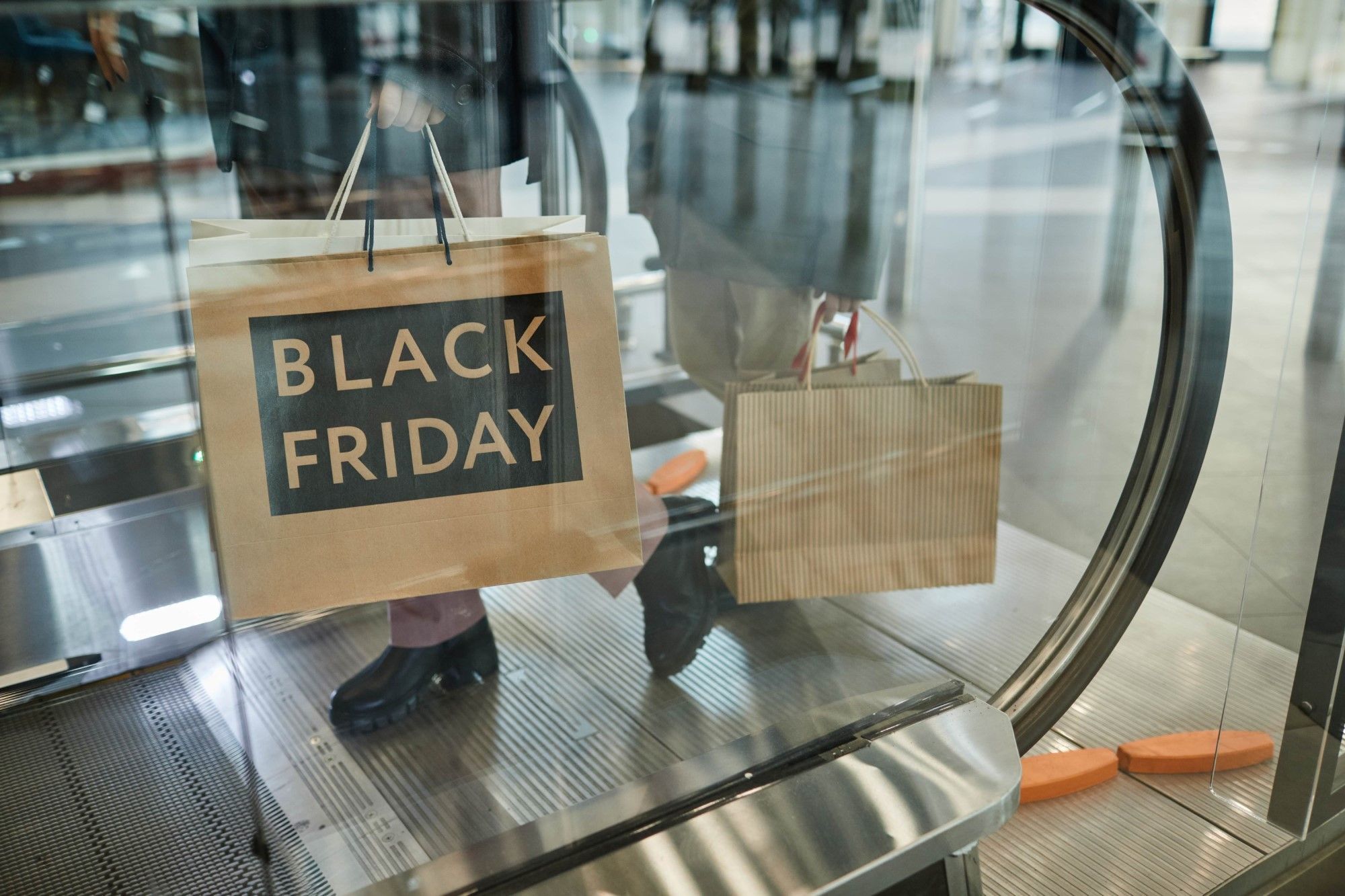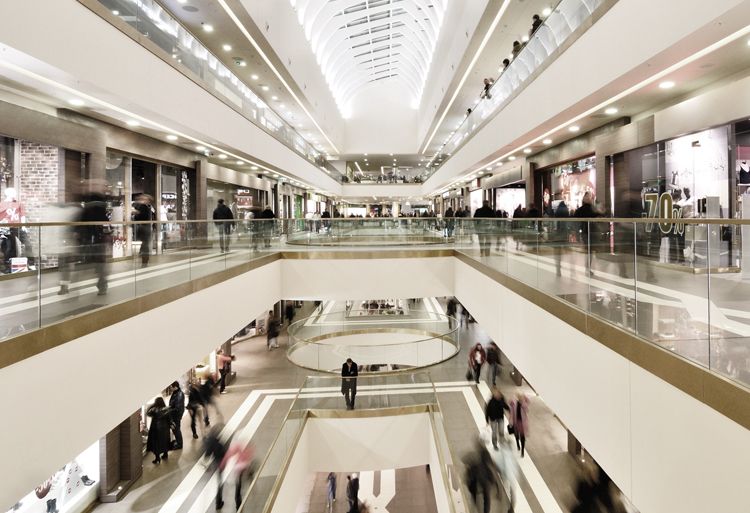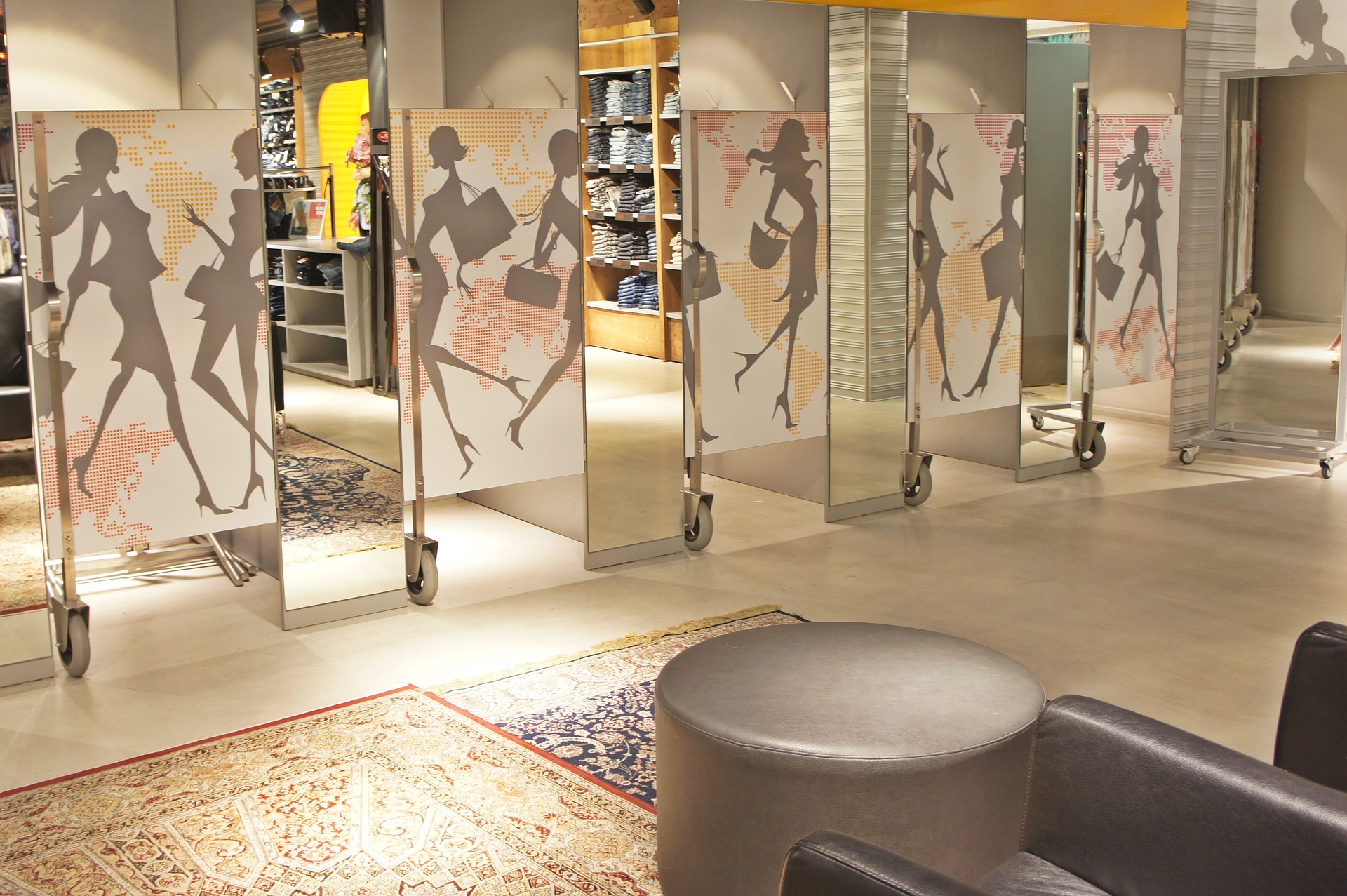If you run a clothing store, being able to provide a fitting facility is an obvious must – fitting rooms provide customers with the means to try their clothes out, before they purchase and take them home. You could say that fitting rooms are now an expected facility to have for any forward-thinking retailer – the ability to try their clothes out before they buy is seen as a cornerstone of good customer service.
However, fitting rooms can provide problems, such as profit-damaging shoplifting. Why does this happen and how can security devices, such as an EAS system, help to curb profit-affecting loss?
How Can An EAS System (And Other Security Devices) Help To Reduce Shoplifting?
With a fitting room being a private place, this provides anyone with nefarious intentions an opportunity to steal the merchandise that they're 'trying on'. Clothing being taken into a fitting room and leaving in bags or on the person of an individual, have been common shoplifting methods for many years. Unlike the rest of the store, you cannot place CCTV in these changing areas, so this gives them further confidence to go through with their intentions.
However, there are a number of measures you can put in place in order to make life difficult for a potential shoplifter. First and foremost, let's talk about an EAS System. Electronic Article Surveillance is nothing new; clothing tags are a familiar sight in stores up-and-down the country. The tags work with the system, so if they're taken inside a monitoring area, they will set off an alarm, alerting staff. It's an effective way of ensuring that the store's expensive products are not taken unless paid for – and it also helps to solve the issue of no CCTV in the fitting room.
Another common device that stores use is to place staff members by the entrance of the fitting rooms. Not only does this provide a physical deterrent for the potential shoplifter, it gives them something to think about too – even though they'll be in a private room, the knowledge that someone is outside and has seen them come in with the items, may be enough to put them off going through with their plan. On the other hand, having staff greet genuine customers as they approach the fitting rooms will work as a powerful customer service tool too.
Whilst you cannot place CCTV inside the fitting rooms, you can place cameras outside of the fitting room area. Whilst this will not provide you with a clear-cut view of what's exactly happening inside, you can at least monitor who goes into the fitting rooms, with which clothes. A great way to provide a further mental deterrent is by placing signs in fitting rooms – you cannot put cameras in there, but you can put up a sign politely reminding everyone that the area outside is being monitored by HD CCTV.
The Psychology of A Shoplifter – Why Deterrent Devices Work
Opportunism is a major driver of shoplifting – if they see an opportunity to steal, they'll take that chance. Putting in place physical deterrents, such as an EAS system, CCTV, staff members and signs throw up psychological barriers to the opportunist shoplifter.
Physical deterrents work because they immediately place second thoughts in our minds. A CCTV camera tells us we're being watched, an EAS tag tells us that the item needs to be paid for and removed, or else I'm setting that alarm off. Once that second thought is implanted in the mind, then it may work to dissuade a shoplifter from stealing.
It would be foolish to say that any security device offers a 100% guarantee that shoplifting won't happen. What they do guarantee is to increase the abilities of the retailer to monitor and track their store, the products and people within it. Combining all of these deterrents and organising them so they complement each other, is the best way to take control of your security. By working together, this team of devices will place third, fourth and fifth thoughts in the mind of a potential shoplifter – and with so many barriers in place, it's unlikely that they would go through with it.
Improve Your Store Security With EAS Security
Of course, an EAS system doesn't just benefit clothing or soft product retailers – EAS tags can be attached to a vast range of products and packaging. Offering a great way to track products and throwing up deterrents for potential shoplifters, they are a must for any retailer who wishes to protect their valuable stock.
If you're looking to improve your retail security, why not get in touch with the experts here at Tagmax? For over 20 years, we have been creating custom security solutions for a wide range of retailers across the UK – whether it's through our high-quality EAS systems, CCTV cameras, or our advice and experience.
If you would like to learn more about how we can help your store to improve its security, then please feel free to get in touch with us today. You can call us on 0800 044 3160 or you can send an e-mail to us at sales@tagmax.co.uk
View more blog posts



